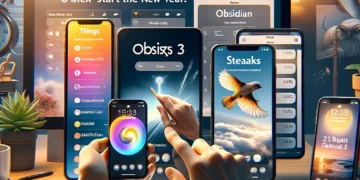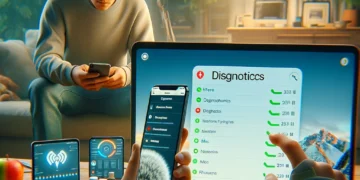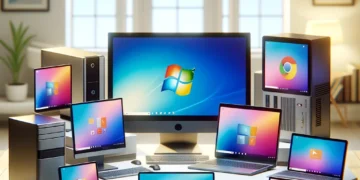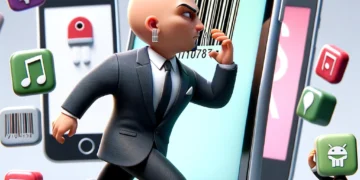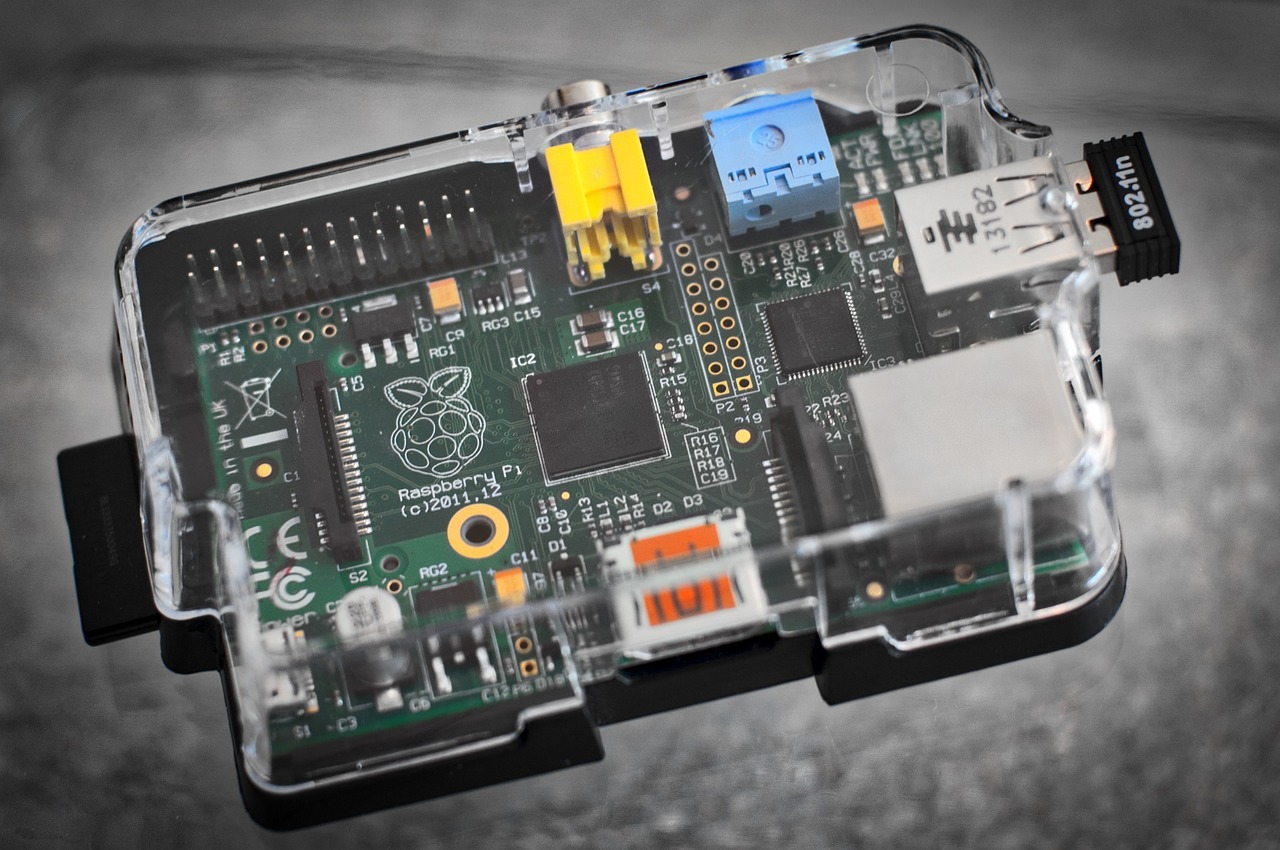With Apple’s recent iPhone announcement, the release of iOS 17 to the public is right around the corner. After several months of beta testing, this new software brings substantial improvements to Messages, FaceTime, the keyboard, and more. If you’re eager to upgrade your iPhone to the latest firmware, here’s everything you need to know.
Devices Compatible with iOS 17
First things first, iOS 17 will only be available for iPhones released in the last five years. This means that devices from the 2018 iPhone Xs / Xr series are the oldest models that will support the update. Other compatible devices include all models from the iPhone 11 (2019), iPhone 12 (2020), iPhone 13 (2021), and iPhone 14 (2022) series.
This covers standard, pro, Pro Max, mini, or plus-sized variants from each generation. Additionally, the second and third generations of Apple’s budget iPhone SE are also supported. To identify your iPhone model, head to Settings > General > About > Model Name. If you can’t find that information, check the Model Number on the same page and refer to Apple’s support document for model details.
How to Install iOS 17
Once you’ve confirmed that your device is compatible, you have two options. You can patiently wait until Monday, September 18, when the update becomes available to the public. Then, simply go to Settings > General > About > Software Update to install it over the air once Apple releases it. (If you’ve enabled automatic updates, it will be installed automatically, although this might take a few days after the software is live.) Alternatively, if you’re eager to get your hands on iOS 17 before the official release date, you can opt for the beta version.
Installing iOS 17 Before the Release Date
To install iOS 17 ahead of the official release, you can choose the RC (release candidate) beta, which typically mirrors the final version. The process is now easier: Go to Settings > General > About > Software Update and tap on Beta Updates. By selecting the Developer beta option, you can install the RC1 update that Apple provided to developers after its recent iPhone launch event. (The release candidate will likely become available to the public beta later this week.) However, remember to return to the settings after Monday and disable beta updates if you want to avoid installing future versions of potentially buggy early-release iPhone software.
New Features in iOS 17
iOS 17 introduces some exciting new features, including machine learning-based audio message transcriptions for Messages. This means you can skip listening to lengthy voice messages and read text transcriptions instead, which are impressively accurate with various accents. In the Messages app, most features and apps are now accessible behind a plus button next to the input box, streamlining the user experience.
FaceTime gains video voicemails, allowing you to send visual messages alongside your voice. Additionally, iOS 17 syncs with tvOS 17, enabling you to receive FaceTime calls on your Apple TV while using your iPhone or iPad as a camera.
The update introduces a StandBy mode, turning your charging iPhone into a smart display when placed horizontally. Contact Posters provide customizable full-screen profiles when calls come in, and Namedrop simplifies sharing contact information by connecting your iPhones or Apple Watches. The iOS 17 keyboard gets an inline predictive text feature powered by machine learning, making sentence completion a breeze with a simple tap of the space bar. For more details on all the new features, check out Engadget’s comprehensive iOS 17 preview.










![Apple Watch SE (2nd Gen) [GPS 40mm] Smartwatch with Starlight Aluminum Case with Starlight Sport Band S/M. Fitness & Sleep Tracker, Crash Detection, Heart Rate Monitor](https://www.tech-bit.com/wp-content/uploads/2024/06/applewatchse2ndgengps40mmsmartwatchwithstarlightaluminumcase-360x180.jpg)




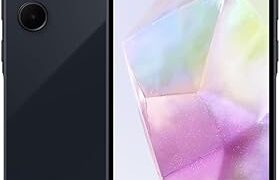

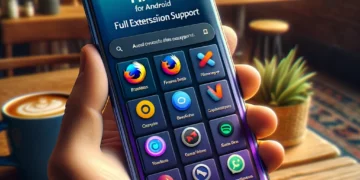
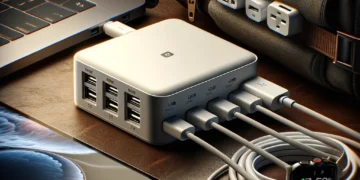



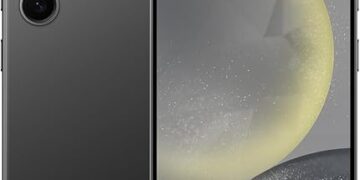
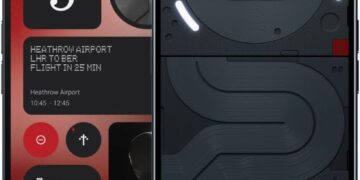



![Apple Watch Series 9 [GPS 45mm] Smartwatch with Midnight Aluminum Case with Midnight Sport Band S/M. Fitness Tracker, ECG Apps, Always-On Retina Display, Water Resistant](https://www.tech-bit.com/wp-content/uploads/2024/06/applewatchseries9gps45mmsmartwatchwithmidnightaluminumcasewith-360x180.jpg)

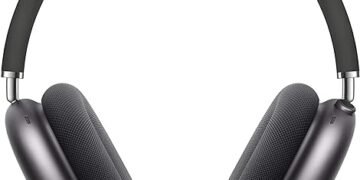

![Apple Watch Ultra 2 [GPS + Cellular 49mm] Smartwatch, Sport Watch with Rugged Black Titanium Case with Black Ocean Band. Fitness Tracker, Precision GPS, Action Button, Extra-Long Battery Life](https://www.tech-bit.com/wp-content/uploads/2024/10/applewatchultra2gpscellular49mmsmartwatchsportwatchwithrugged-360x180.jpg)








